Term Project: Analyzing Life Satisfaction and GDP in OECD Countries
VerifiedAdded on 2022/09/12
|34
|1800
|60
Project
AI Summary
This project presents a quantitative analysis of the relationship between average life satisfaction and GDP per capita across 35 OECD countries. The study employs secondary data from 2017, utilizing descriptive and inferential statistics to explore this relationship. Descriptive statistics include measures of central tendency and dispersion for both variables. Inferential statistics involve a linear regression model, t-tests, and correlation analysis to test hypotheses about the association between life satisfaction and GDP. The project includes graphical representations such as histograms and scatter plots to visualize the data. Key findings include a positive correlation between life satisfaction and GDP, with specific recommendations for governmental policies to improve life satisfaction. The analysis concludes with references and a discussion of the limitations and implications of the findings. The study also includes hypothesis testing and the coefficient of determination.
1 out of 34
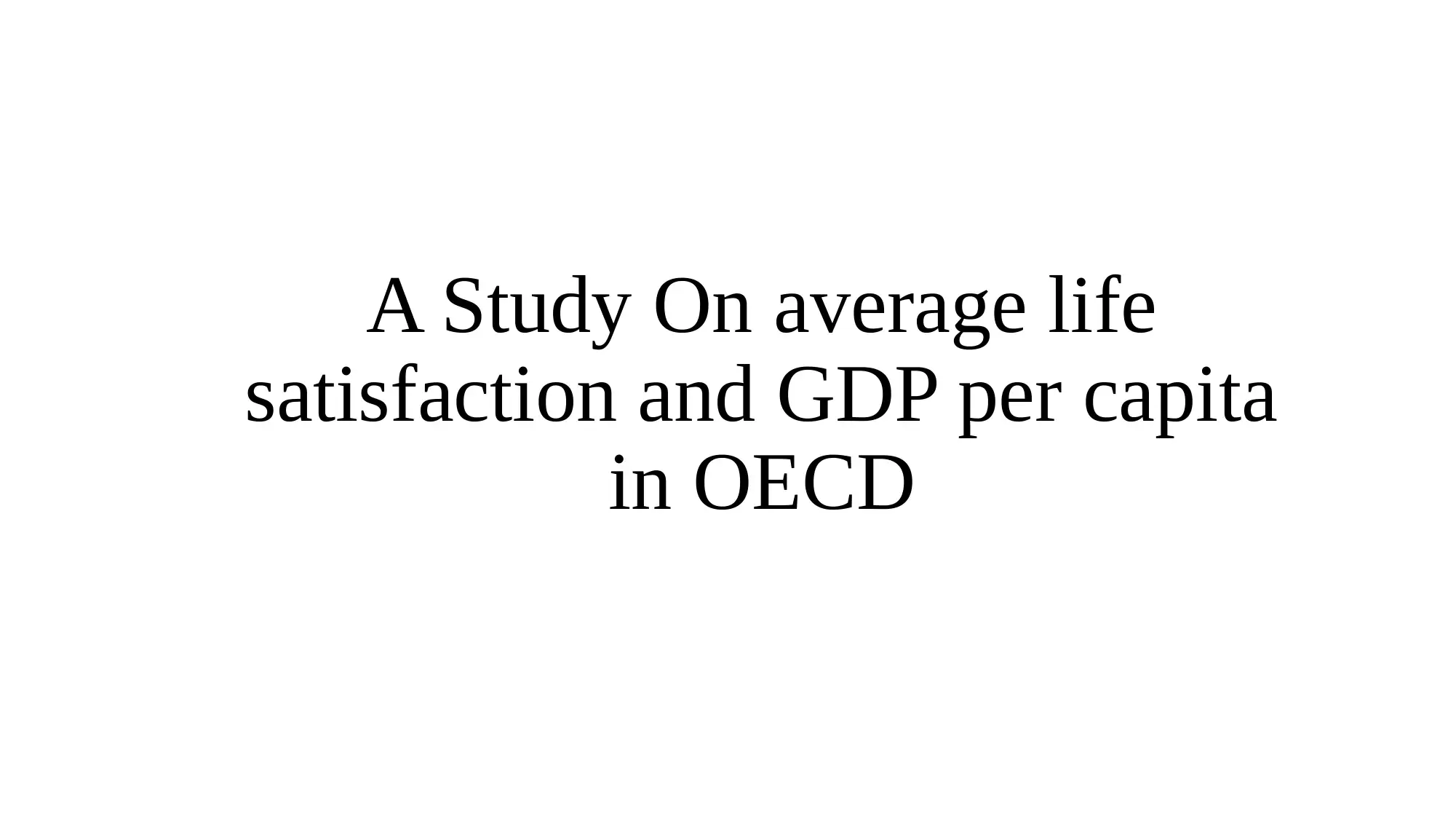
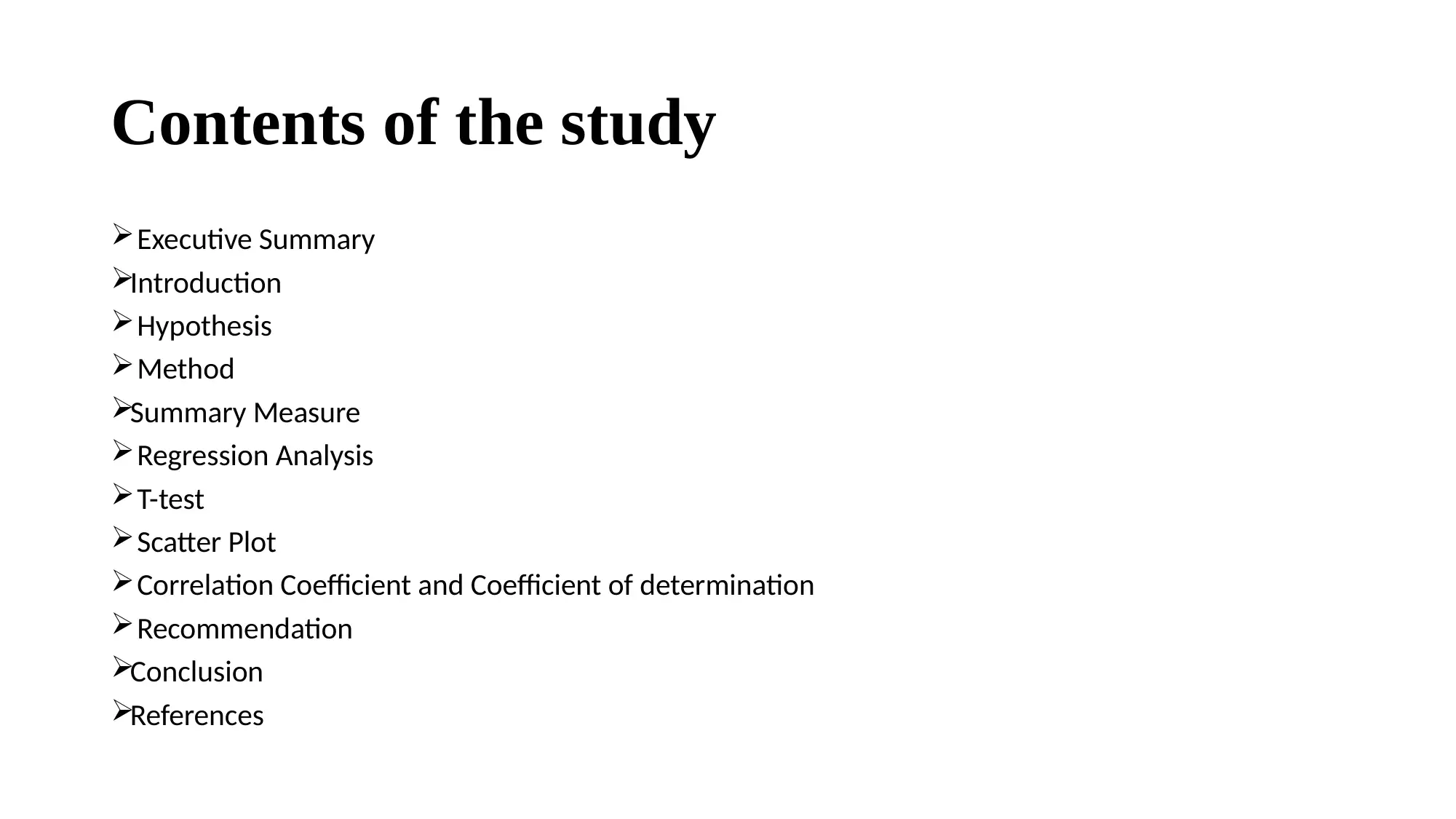
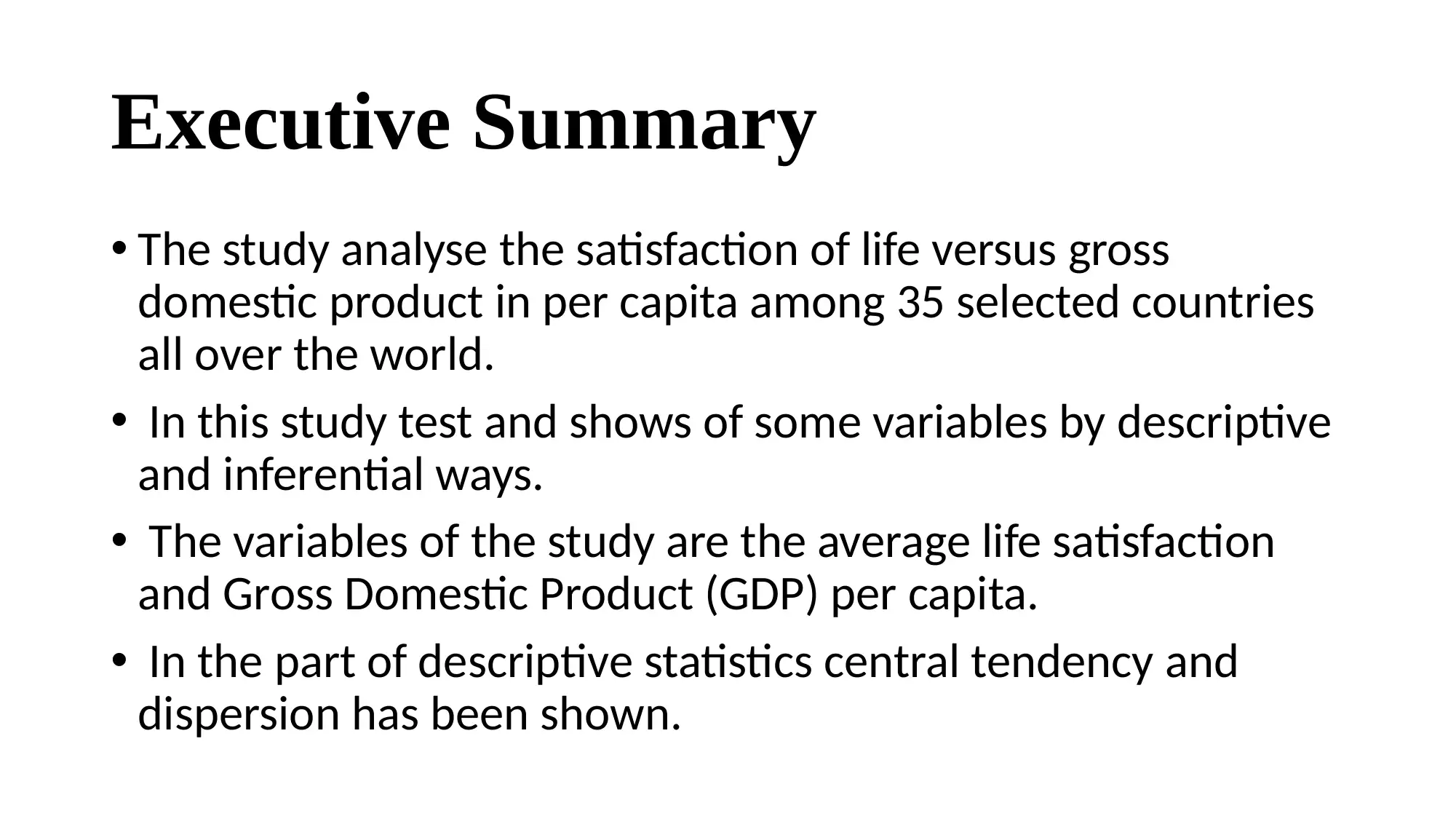

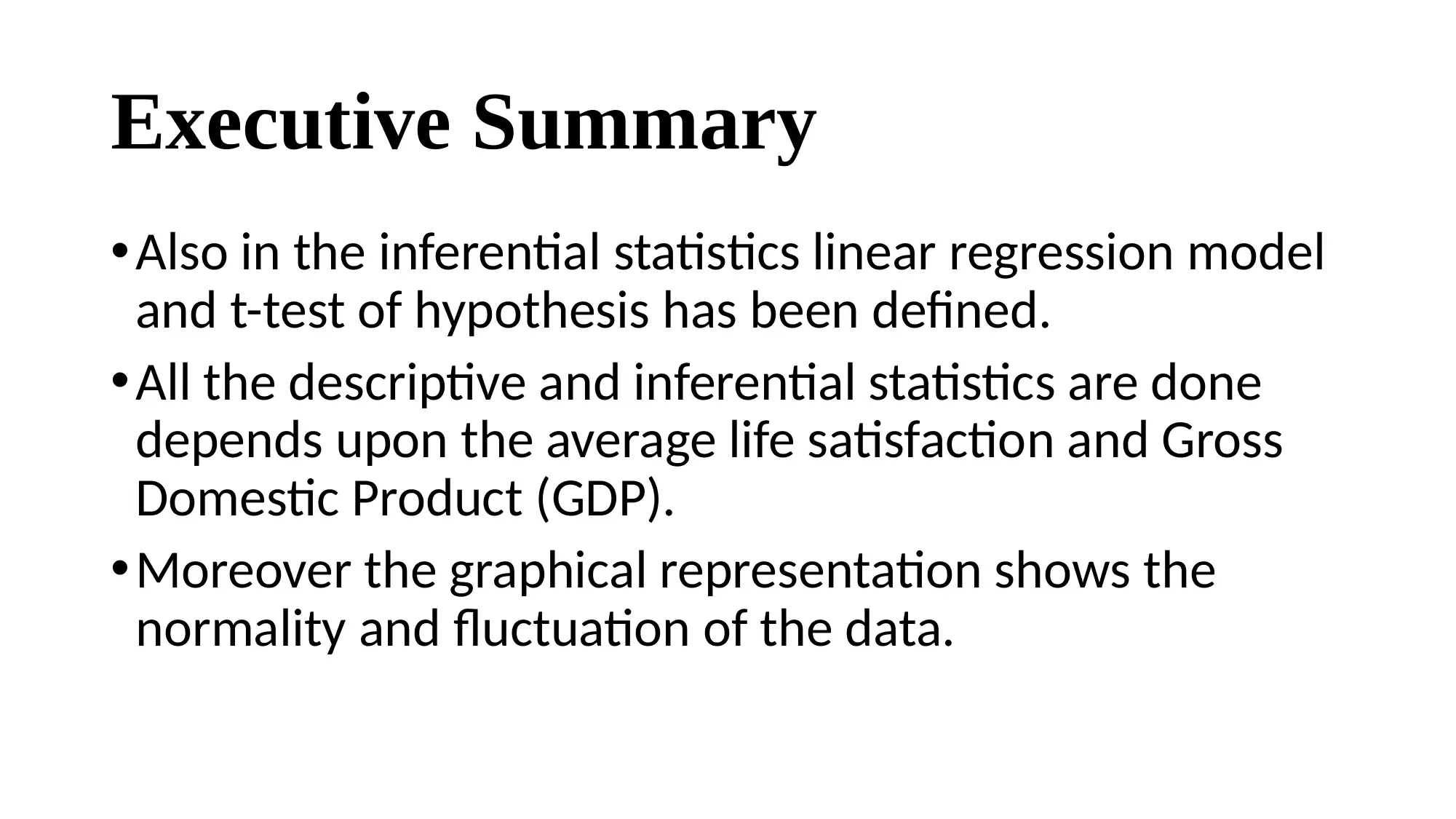


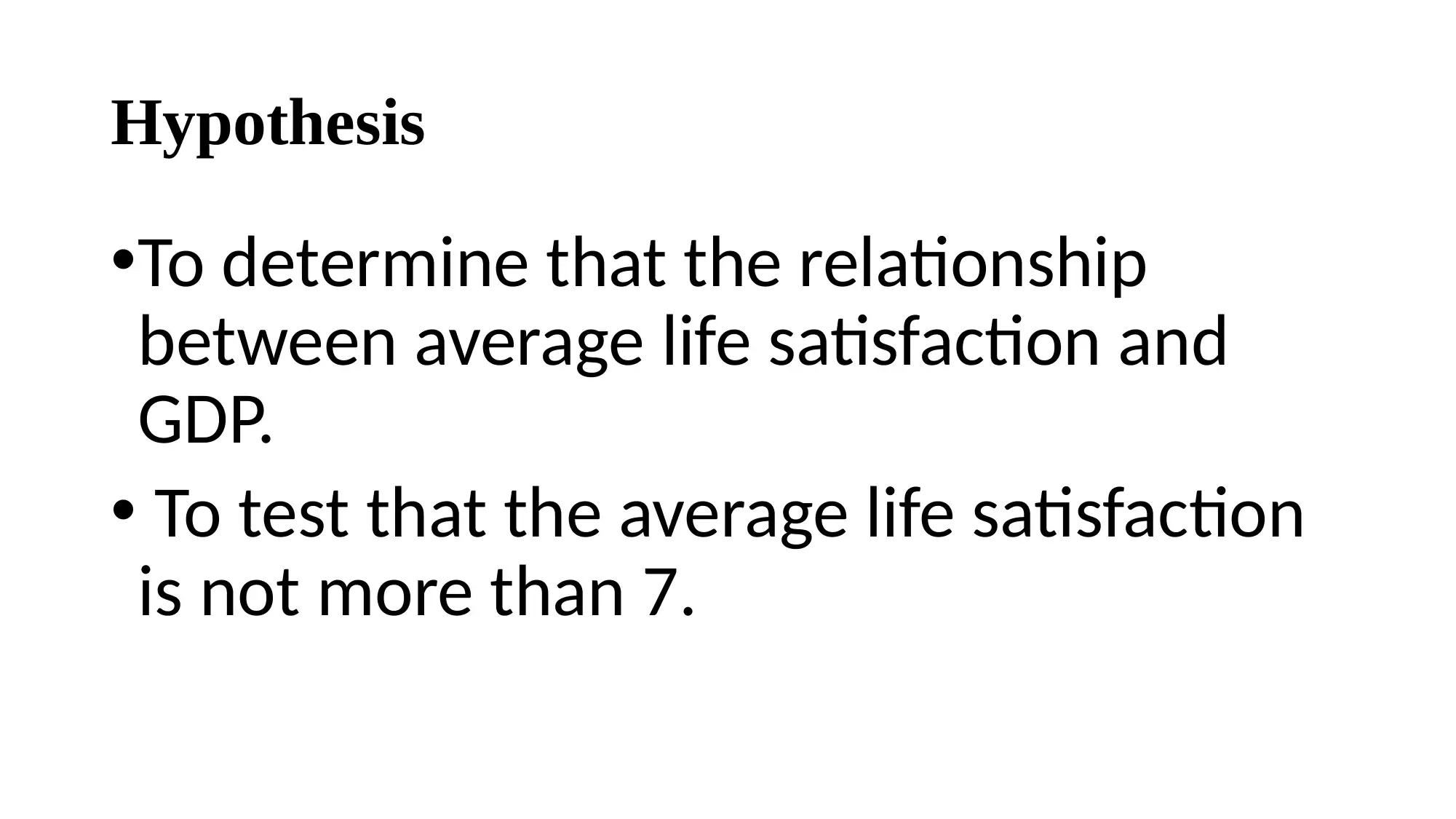

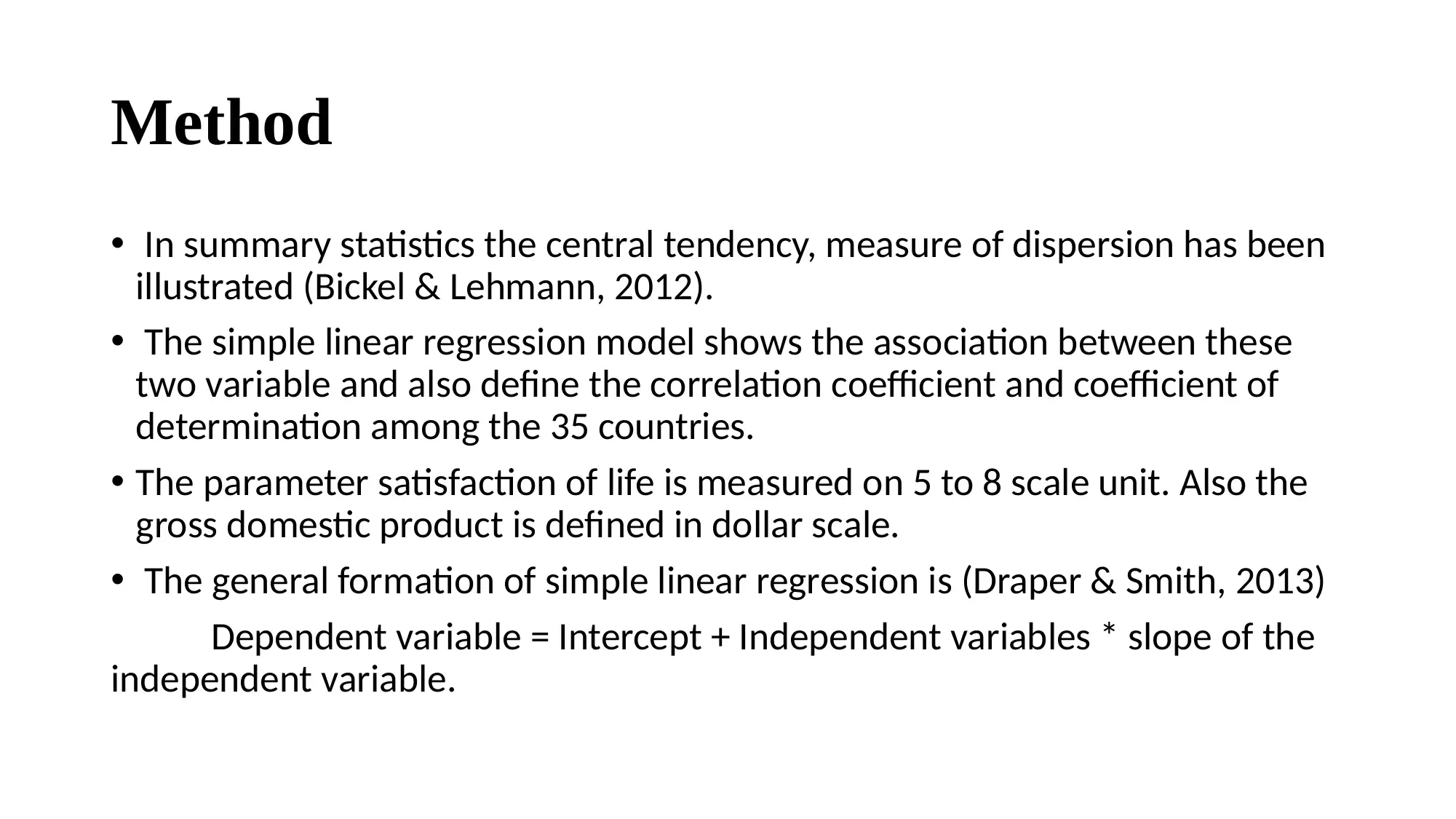

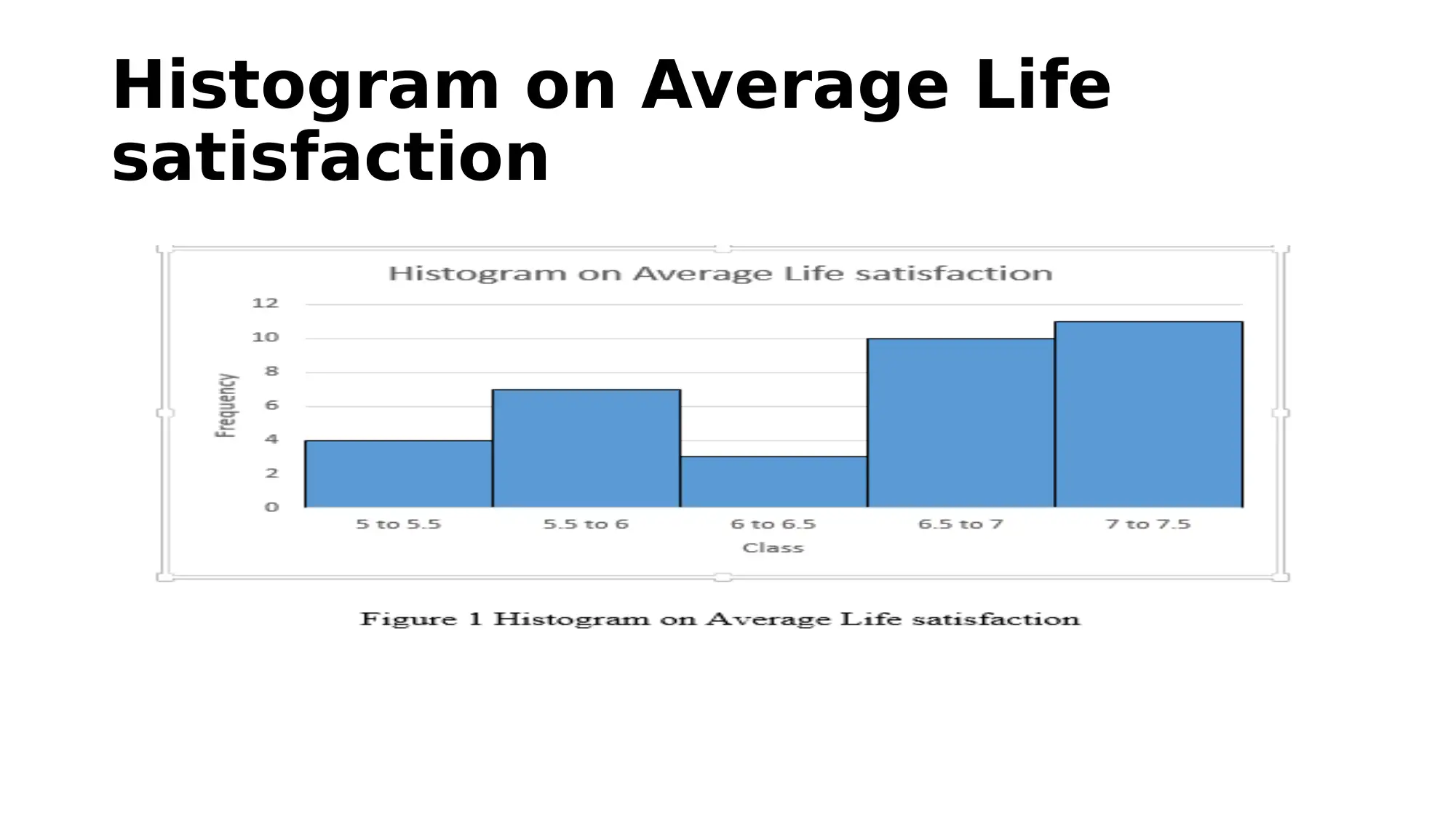







![[object Object]](/_next/static/media/star-bottom.7253800d.svg)